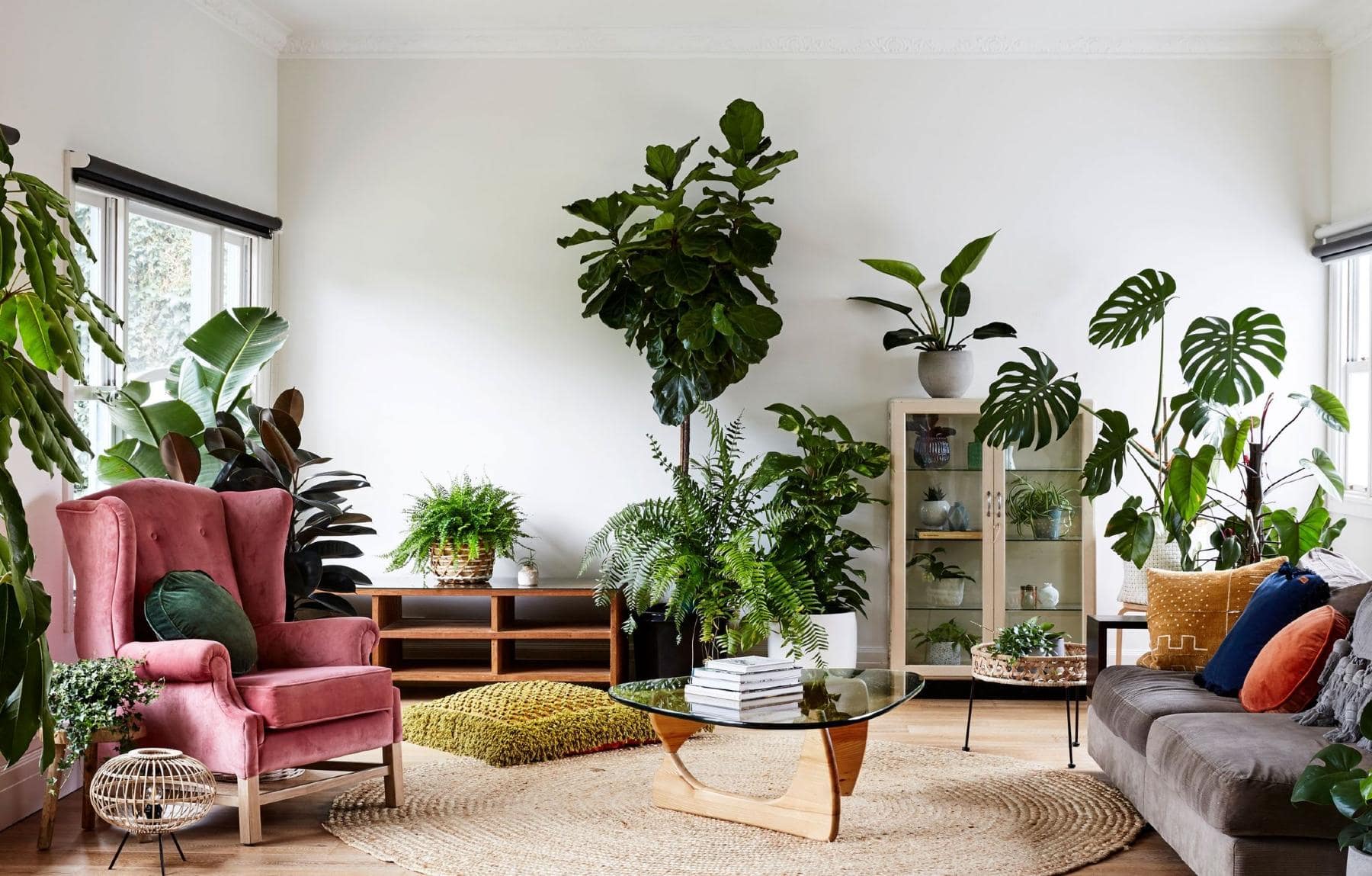

Articles
How To Decorate The Living Room With Plants
Modified: January 6, 2024
Learn how to incorporate plants into your living room decor with these helpful articles. Discover tips, ideas, and inspiration for a refreshing and green space.
(Many of the links in this article redirect to a specific reviewed product. Your purchase of these products through affiliate links helps to generate commission for Storables.com, at no extra cost. Learn more)
Introduction
Creating a cozy and inviting living room is the goal of every homeowner. One way to achieve this is by incorporating plants into your living space. Plants not only add a touch of natural beauty to your interior but also offer numerous health and aesthetic benefits. From purifying the air to creating a calming ambiance, the presence of plants can transform your living room into a tranquil oasis.
In this article, we will explore the art of decorating the living room with plants. You will discover the benefits of bringing greenery indoors, learn how to choose the right plants for your living room, and explore various techniques to style and arrange them effectively. Additionally, we will dive into popular plant varieties that thrive in indoor settings and provide essential care tips to ensure the longevity of your plant collection.
So, whether you have a green thumb or are a beginner in indoor gardening, this guide will equip you with the knowledge and inspiration you need to create a vibrant and refreshing living room with plants.
Key Takeaways:
- Transform your living room into a tranquil oasis by incorporating plants, which not only add natural beauty but also offer health benefits like improved air quality, stress relief, and enhanced mood.
- Choose the right plants, creatively arrange them, and provide proper care to create a visually stunning and vibrant living room filled with thriving greenery.
Read more: How To Decorate A Living Room
Benefits of Decorating with Plants in the Living Room
Introducing plants into your living room offers numerous benefits beyond just aesthetic appeal. Let’s explore some of the key advantages of incorporating greenery into your living space:
- Improved Air Quality: Plants act as natural air purifiers by absorbing toxins and releasing oxygen. They help to remove harmful pollutants, such as formaldehyde and benzene, from the air, creating a healthier living environment for you and your family.
- Increased Productivity and Concentration: Studies have shown that having plants in indoor spaces can enhance focus and productivity. The presence of greenery in your living room can help improve your cognitive abilities and reduce stress, leading to increased concentration and better overall mental well-being.
- Natural Stress Relief: Being surrounded by nature has a calming effect on the mind and body. The presence of plants in your living room can help to create a peaceful and serene atmosphere, providing a welcome retreat from the daily stresses of life.
- Enhanced Mood and Well-being: Greenery has been proven to have a positive impact on mood and well-being. The vibrant colors and organic shapes of plants contribute to a visually pleasing environment, promoting feelings of happiness and contentment.
- Improved Acoustics: Plants can also help to absorb sound and reduce noise levels in your living room. This is particularly beneficial in open-concept spaces or if you live in a busy urban area with high levels of ambient noise.
- Flexibility and Versatility: Plants come in a wide variety of shapes, sizes, and colors, allowing you to experiment and personalize your living room decor. Whether you prefer tall, statement plants or a cluster of small, delicate ones, you can find the perfect options to suit your style and space.
Overall, decorating your living room with plants not only adds beauty and natural elements to your space but also provides a myriad of health and well-being benefits. So, let’s dive into the next step and discover how to choose the right plants for your living room.
Choosing the Right Plants for Your Living Room
When it comes to selecting plants for your living room, it’s important to consider several factors to ensure their well-being and longevity. Here are some key considerations to keep in mind:
- Light Requirements: Assess the amount of natural light your living room receives. Some plants thrive in bright, direct sunlight, while others prefer indirect or low-light conditions. Choose plants that are suitable for the available light levels in your space.
- Space Availability: Evaluate the size and layout of your living room to determine the space available for plants. Choose plants that not only fit well within the room but also allow room for growth. Consider both the vertical and horizontal space to create an aesthetically pleasing arrangement.
- Maintenance Level: Consider your lifestyle and the amount of time you can dedicate to plant care. Some plants require regular watering, while others are more drought-tolerant. Choose plants that align with your maintenance preferences and abilities.
- Pet-Friendly Options: If you have pets at home, it’s important to choose plants that are non-toxic and safe for them to be around. Many common houseplants can be toxic to animals if ingested, so do your research and opt for pet-friendly varieties.
- Aesthetic Considerations: Think about the overall style and theme of your living room. Consider the color scheme, textures, and patterns in your space and choose plants that complement and enhance the existing decor.
- Air Humidity: Evaluate the humidity levels in your living room. Some plants thrive in humid environments, while others prefer drier conditions. Choose plants that can tolerate the humidity levels of your living space.
By considering these factors, you can choose plants that not only thrive in your living room but also align with your lifestyle and personal preferences. Remember, selecting the right plants is crucial for their long-term success and the overall visual impact they will have in your space.
Now that you have a good understanding of how to choose the right plants for your living room, let’s move on to the next step and explore how to effectively place and arrange plants in your living room.
Placement and Arrangement of Plants in the Living Room
Once you have carefully selected the plants for your living room, it’s time to think about their placement and arrangement. The way you position your plants can greatly impact the overall atmosphere and visual appeal of your space. Here are some tips to help you create a harmonious and balanced arrangement:
- Focal Point: Choose a main focal point in your living room, such as a large window, fireplace, or a specific piece of furniture. Place a statement plant next to or near this focal point to draw attention and create a visual anchor for the room.
- Varying Heights: Create visual interest by incorporating plants of different heights. Place taller plants in the corners of the room or next to furniture to add verticality and drama. Use trailing or hanging plants to add depth and dimension to your living room decor.
- Grouping Plants: Grouping plants of similar types or varying sizes together can create a beautiful display. Cluster smaller plants on a side table or on floating shelves to create a lush and cohesive arrangement. Experiment with different groupings to find the most appealing arrangement for your space.
- Balance and Proportion: Consider the size and scale of your living room when arranging plants. Avoid overcrowding by leaving enough space between plants and furniture. Aim for a balanced distribution of plants throughout the room to create a harmonious and visually pleasing environment.
- Consider Functionality: Take into account the flow of traffic in your living room when positioning plants. Avoid blocking pathways or obstructing views. Place plants in areas where they can be enjoyed without causing any inconvenience.
- Accessorize with Planters: Choose planters that complement the style and decor of your living room. Opt for materials, textures, and colors that enhance the overall aesthetic. Utilize different types of planters, such as hanging baskets, ceramic pots, or decorative plant stands, to add visual interest and personality.
By considering these placement and arrangement tips, you can create a visually stunning and cohesive display of plants in your living room. Remember to regularly assess the positioning of your plants and adjust as necessary to maintain a balanced and harmonious look.
Now that you have mastered the art of placing and arranging plants, let’s move on to the next section and explore various styling techniques to decorate your living room with plants.
Styling Techniques to Decorate the Living Room with Plants
When it comes to decorating your living room with plants, there are various styling techniques you can utilize to create a visually stunning and cohesive look. These techniques allow you to showcase your plants and integrate them seamlessly into your overall decor. Let’s explore some popular styling techniques:
- Statement Plant: Choose a large, eye-catching plant as a focal point in your living room. Position it in a prominent area, such as next to a sofa or near a window, to create a striking visual impact. This statement plant will draw attention and become a centerpiece of your living room decor.
- Grouped Display: Create a lush and vibrant display of plants by grouping several smaller plants together. Arrange them on a plant stand, floating shelves, or a coffee table to create an appealing cluster. Mix different plant varieties to add texture and variation to the arrangement.
- Vertical Gardens: If you have limited floor space, consider utilizing vertical gardening techniques. Install wall-mounted planters or hanging pots to create a vertical garden display. This not only adds a unique visual element but also maximizes the use of space in your living room.
- Terrariums and Miniature Gardens: Create a whimsical and charming display by incorporating terrariums or miniature gardens. These small, self-contained ecosystems not only bring a touch of nature indoors but also serve as captivating conversation starters.
- Trailing Plants: Utilize trailing or cascading plants to create a visually dynamic display. Hang them from macramé plant hangers or let them drape over shelves and furniture. Trailing plants add a sense of movement and elegance to your living room decor.
- Mixing Plant Sizes: Combine plants of varying sizes to create a visually appealing composition. Mix tall, medium, and small plants to add depth and dimension to your living room decor. This creates an interesting visual contrast and adds visual balance to the space.
- Botanical Prints and Patterns: Extend the botanical theme beyond live plants by incorporating botanical prints into your living room decor. Hang botanical artwork on the walls, use botanical-patterned cushions, or include botanical-themed fabrics in curtains or upholstery to create a cohesive and nature-inspired ambiance.
Experiment with these styling techniques to find the ones that resonate with your personal style and complement your living room decor. Remember, there are no hard and fast rules, so have fun and let your creativity shine through!
Now that you have learned some styling techniques, let’s explore popular plant varieties that are perfect for decorating your living room.
Choose a variety of plant sizes and types to create visual interest in the living room. Place larger plants on the floor, medium-sized plants on tables or stands, and smaller plants on shelves or windowsills. This will create a balanced and visually appealing display.
Read more: How To Divide A Living Room And Dining Room
Popular Plant Varieties for Living Room Decoration
When it comes to choosing plants for your living room, there are several popular varieties that are known for their beauty, adaptability, and air-purifying properties. Here are some plant varieties that are perfect for decorating your living room:
- Fiddle Leaf Fig (Ficus lyrata): Known for its large, glossy leaves, the Fiddle Leaf Fig is a popular choice for adding a touch of elegance to any living room. It thrives in bright, indirect light and can grow quite tall, making it an excellent statement plant.
- Snake Plant (Sansevieria): The Snake Plant is a hardy and low-maintenance plant that is ideal for beginners. It has tall, sword-shaped leaves with distinctive patterns and can tolerate a range of lighting conditions, making it suitable for various living room settings.
- Spider Plant (Chlorophytum comosum): The Spider Plant is known for its arching leaves with white stripes. It is a resilient and versatile plant that adapts well to different light conditions. It also produces “baby” plants that can be propagated and shared with others.
- ZZ Plant (Zamioculcas zamiifolia): The ZZ Plant is a popular choice for low-light environments, making it perfect for living rooms with limited natural light. It has glossy, dark green leaves and requires minimal care, making it a great option for busy individuals.
- Pothos (Epipremnum aureum): Pothos is a trailing vine with heart-shaped leaves that come in various shades of green. It is an excellent plant for hanging baskets or placing on high shelves. Pothos is known for its air-purifying abilities and is easy to care for.
- Monstera (Monstera deliciosa): The Monstera is a bold and tropical plant with large, fenestrated leaves. It adds a touch of drama and creates a statement in any living room. It prefers bright, indirect light and benefits from regular misting.
- Peace Lily (Spathiphyllum): The Peace Lily is a popular choice for its elegant white flowers and its ability to purify the air. It enjoys medium to bright indirect light and requires regular watering. It can also thrive in lower light conditions, making it suitable for living rooms with less natural light.
These are just a few examples of popular plant varieties that can thrive in living room environments. Remember to consider the specific requirements of each plant, such as lighting and watering needs, to ensure their optimal growth and health.
Now that you have an idea of popular plant varieties, let’s delve into essential care tips to ensure the well-being of your indoor plants in the living room.
Caring for Indoor Plants in the Living Room
Proper care is essential for the health and longevity of your indoor plants in the living room. By following some basic care guidelines, you can ensure that your plants thrive and continue to beautify your space. Here are some essential care tips:
- Lighting: Place your plants in locations that provide the right amount of light for their specific needs. Observe their response to the light conditions and adjust their placement accordingly. Most indoor plants prefer bright, indirect light, but there are exceptions. Avoid placing them in direct sunlight, as it can scorch their leaves.
- Watering: Regular watering is crucial for the health of your plants. However, it’s important not to overwater them. Check the moisture levels of the soil by sticking your finger about an inch deep. Water your plants when the top inch of soil feels dry. Ensure proper drainage to prevent waterlogged roots, which can lead to root rot.
- Humidity: Many indoor plants thrive in humid environments. If your living room has low humidity levels, especially during the winter months, consider using a humidifier or misting the plants regularly to increase the moisture in the air around them. This is particularly beneficial for tropical plants.
- Fertilizing: Indoor plants generally require less fertilization than outdoor plants. Use a balanced, water-soluble houseplant fertilizer and follow the instructions provided. Fertilize your plants during the growing season, usually from spring to summer, and reduce or stop fertilization during the dormant period in winter.
- Pruning and Grooming: Trim any dead or yellowing leaves regularly to maintain the overall appearance of your plants. Prune back leggy growth to encourage bushier growth. Groom your plants by removing dust from their leaves using a damp cloth or gently misting them. This helps them breathe and absorb more light.
- Pest Control: Keep an eye out for common indoor plant pests like aphids, spider mites, and mealybugs. If you notice any signs of infestation, such as tiny insects or webbing, take immediate action to prevent the spread of pests. Use natural or organic pest control methods or consult with a local garden center for appropriate pest control products.
Remember to regularly assess your plants’ overall health and respond to their specific needs. Each plant has its own requirements, so it’s important to research and understand the care guidelines for the particular varieties you have in your living room.
By providing the proper care, your indoor plants will flourish in your living room, creating a serene and vibrant atmosphere for you to enjoy.
Now, let’s address some common plant issues and how to troubleshoot them in the living room.
Troubleshooting Common Plant Issues in the Living Room
While caring for your indoor plants in the living room, you may encounter a few common issues that can affect their health and appearance. It’s important to identify and address these problems promptly to ensure the well-being of your plants. Here are some common plant issues and their troubleshooting solutions:
- Yellowing Leaves: Yellowing leaves can be caused by overwatering, underwatering, or inadequate light. Assess the watering routine and adjust accordingly. Make sure your plants are receiving the appropriate amount of light. Trim any severely yellowed leaves and ensure the soil is well-draining to prevent root rot.
- Brown Leaf Tips: Brown leaf tips may indicate low humidity levels or inconsistent watering. Increase humidity by misting the leaves or using a humidifier. Ensure your plants are watered evenly, allowing the top layer of soil to dry out between watering sessions. Avoid using water with high levels of chlorine or fluoride.
- Wilting: Wilting can be a sign of both overwatering and underwatering. Check the moisture level of the soil and adjust your watering routine accordingly. Also, assess the location of your plants to ensure they are not receiving too much direct sunlight, which can cause wilting.
- Pest Infestation: Common pests such as aphids, spider mites, and mealybugs can attack indoor plants. If you notice any signs of infestation, isolate the affected plant to prevent the pests from spreading. Use natural pest control methods like neem oil or insecticidal soap to eliminate the pests. Regularly inspect your plants for any signs of pests.
- Leggy Growth: Leggy growth occurs when a plant stretches towards the light source due to inadequate lighting conditions. Move the plant to a brighter location or consider using artificial grow lights to provide the necessary light intensity. Prune back leggy growth to encourage bushier growth.
- Leaf Drop: Leaf drop can be caused by numerous factors, including overwatering, underwatering, pest infestation, extreme temperature fluctuations, or sudden changes in lighting conditions. Identify and address the underlying issue to prevent further leaf drop. Adjust watering, provide appropriate lighting, and maintain consistent environmental conditions.
Regularly inspect your plants for these common issues and take prompt action to remedy the problems. By addressing these problems early on, you can help your plants recover and regain their vitality.
Remember that each plant is unique, and it’s essential to understand its specific needs and preferences. Research specific care guidelines for the plants in your living room and seek advice from local nurseries or experienced gardeners if needed.
By troubleshooting and providing the necessary care, your indoor plants will flourish in your living room, creating a serene and inviting space for you to enjoy.
Now, let’s conclude our guide to decorating the living room with plants.
Conclusion
Decorating your living room with plants is a wonderful way to infuse nature and beauty into your space. Not only do plants add visual appeal, but they also offer a wide range of benefits, from improving air quality to promoting a sense of well-being. By carefully selecting the right plants, considering their placement and arrangement, and utilizing various styling techniques, you can create a living room that is both aesthetically pleasing and refreshing.
When choosing plants for your living room, take into account factors such as lighting, space availability, maintenance level, and pet-friendliness. This will help you select plants that thrive in your specific living room environment.
Once you have chosen your plants, consider their placement and arrangement to create a balanced and visually appealing display. Experiment with grouping plants, utilizing different heights, and incorporating trailing plants to add dimension and interest.
Incorporating various styling techniques, such as utilizing a statement plant, creating a grouped display, or implementing vertical gardens, can further enhance the visual impact of your living room decor.
Popular plant varieties like the Fiddle Leaf Fig, Snake Plant, and Pothos are excellent choices for living room decoration due to their beauty and adaptability. However, always consider the specific needs and care requirements of each plant to ensure its well-being.
Caring for indoor plants in the living room involves providing the right lighting, watering appropriately, maintaining humidity levels, fertilizing when necessary, and addressing pest issues promptly. Regularly groom and prune your plants to keep them healthy and visually appealing.
By troubleshooting common plant issues, such as yellowing leaves, browning leaf tips, or wilting, you can address problems before they become severe and impact the overall health of your plants.
In conclusion, decorating your living room with plants not only adds a touch of nature and beauty but also enhances the overall ambiance and well-being of the space. By selecting the right plants, arranging them creatively, and providing proper care, you can create a living room that is not only stylish but also filled with vibrant and thriving greenery.
So, let your creativity bloom and transform your living room into a lush and inviting oasis with the magic of plants.
Frequently Asked Questions about How To Decorate The Living Room With Plants
Was this page helpful?
At Storables.com, we guarantee accurate and reliable information. Our content, validated by Expert Board Contributors, is crafted following stringent Editorial Policies. We're committed to providing you with well-researched, expert-backed insights for all your informational needs.
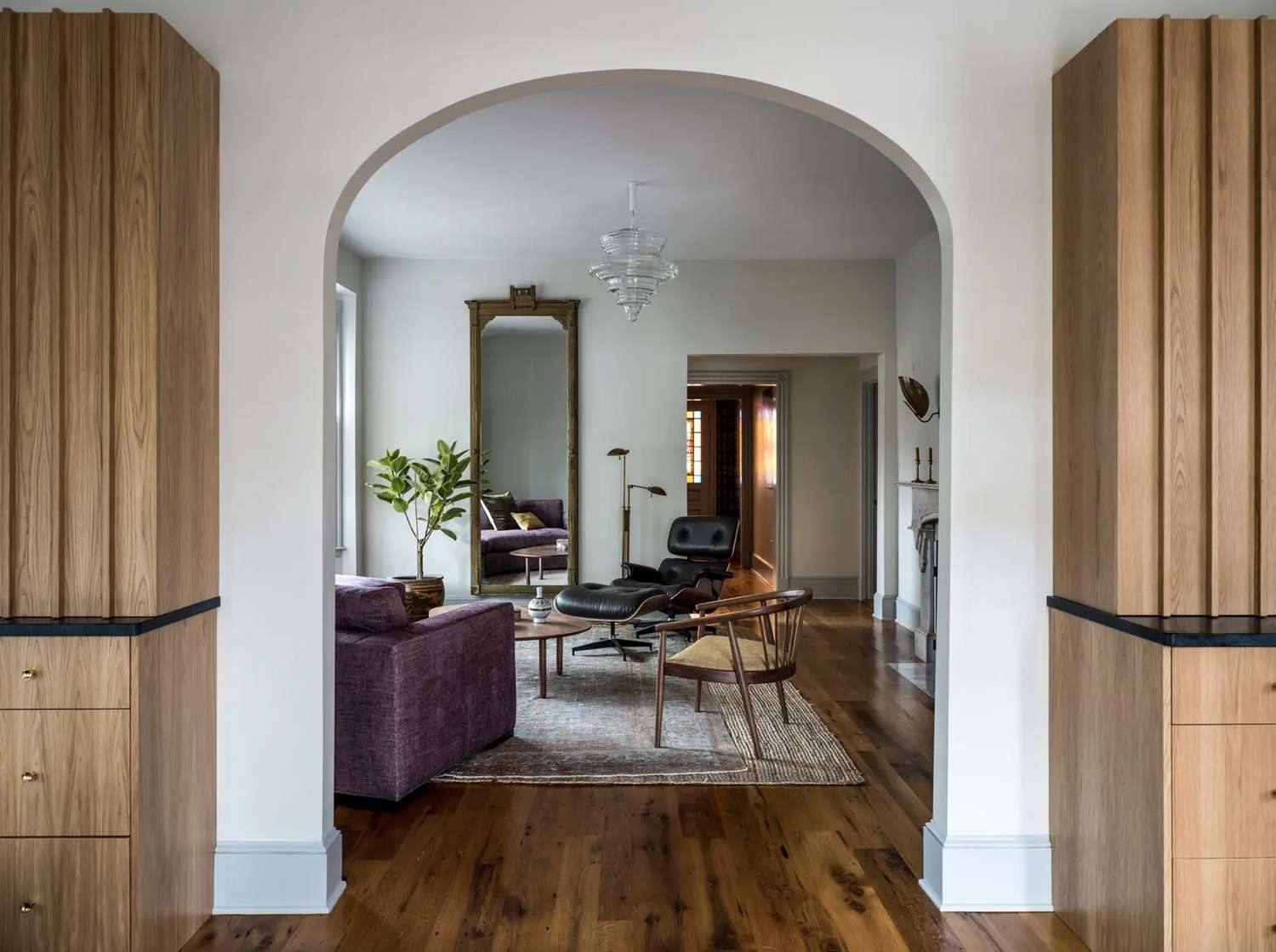
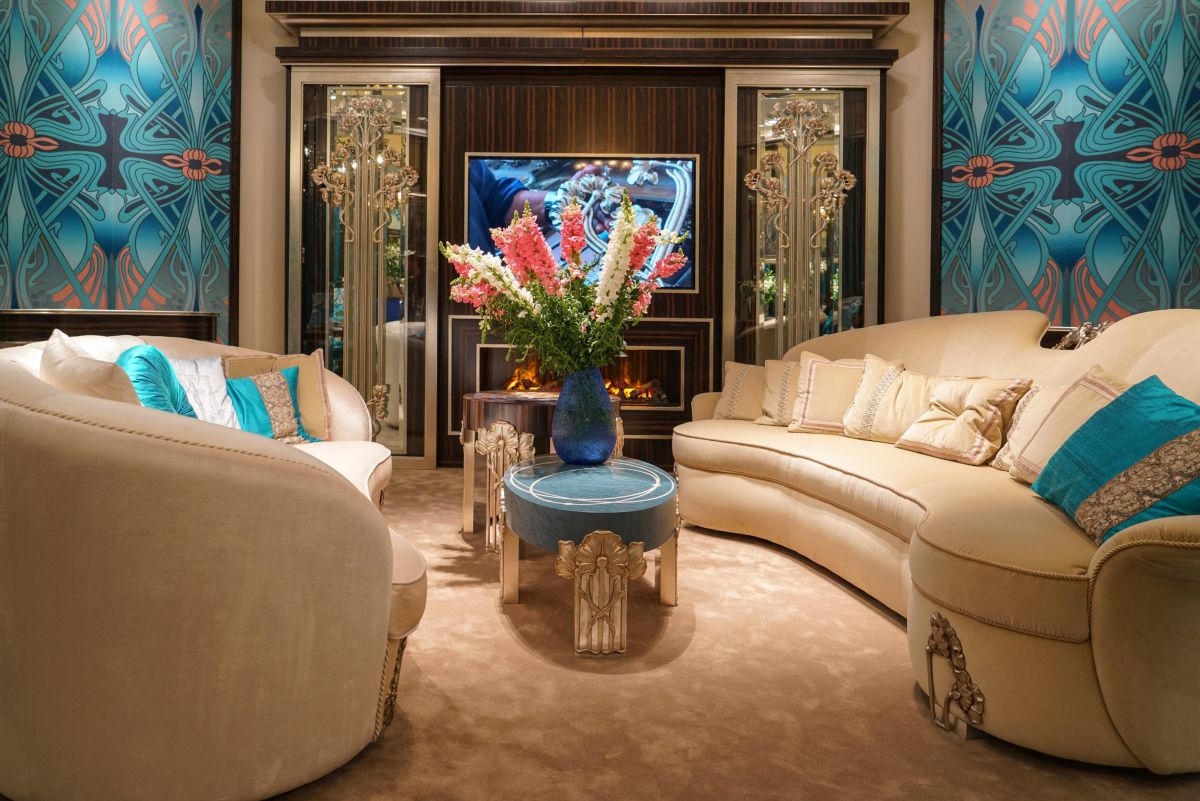
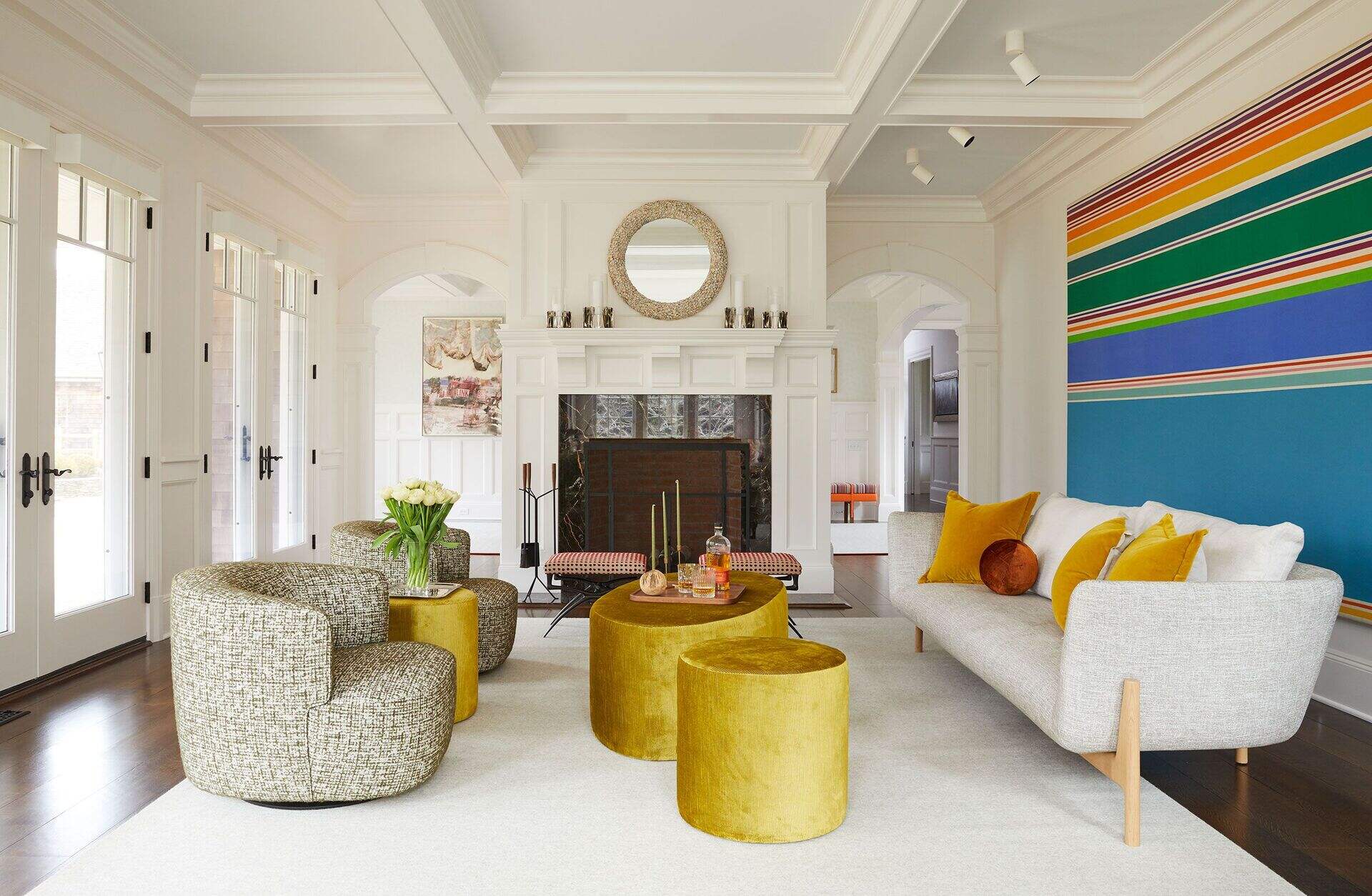
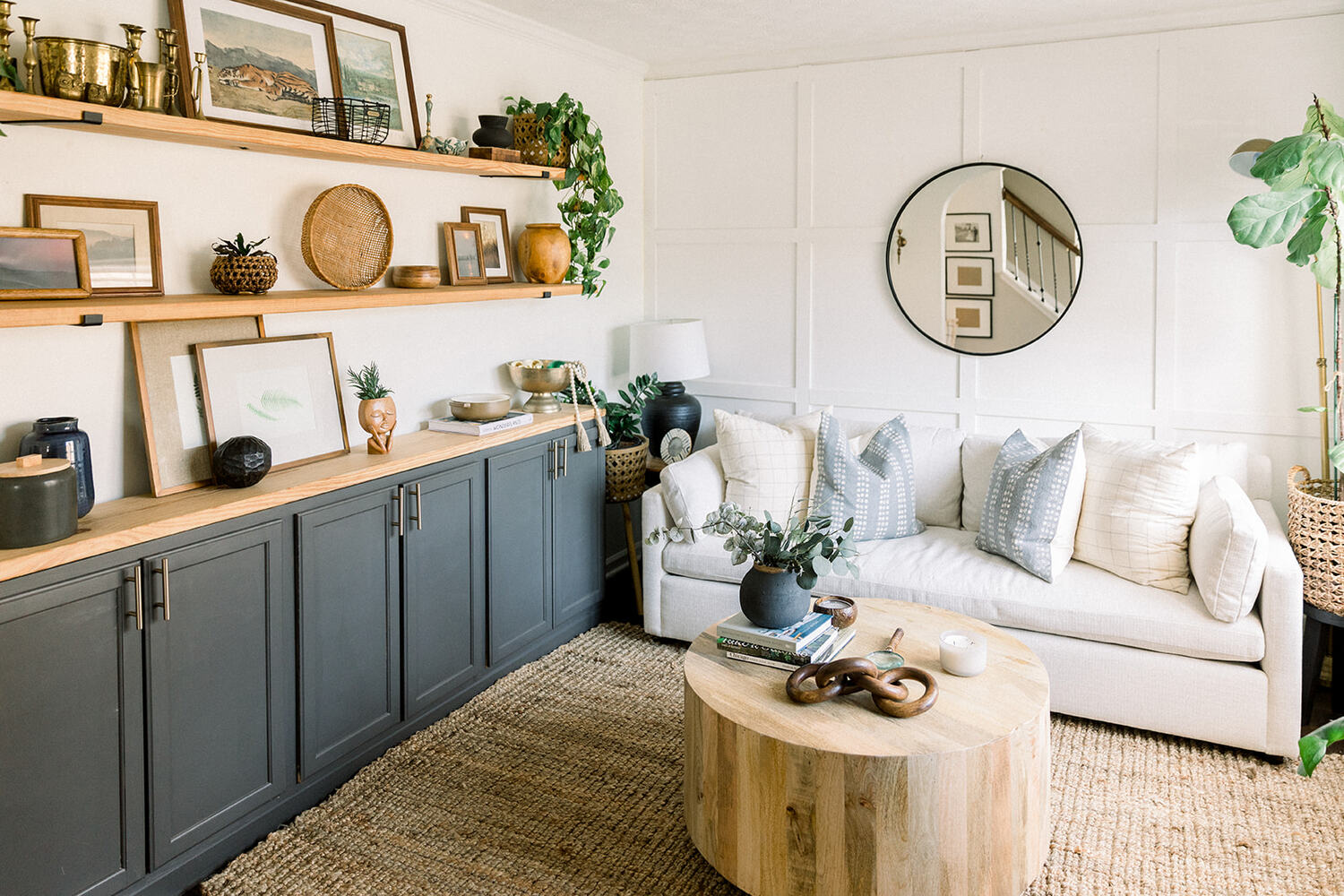
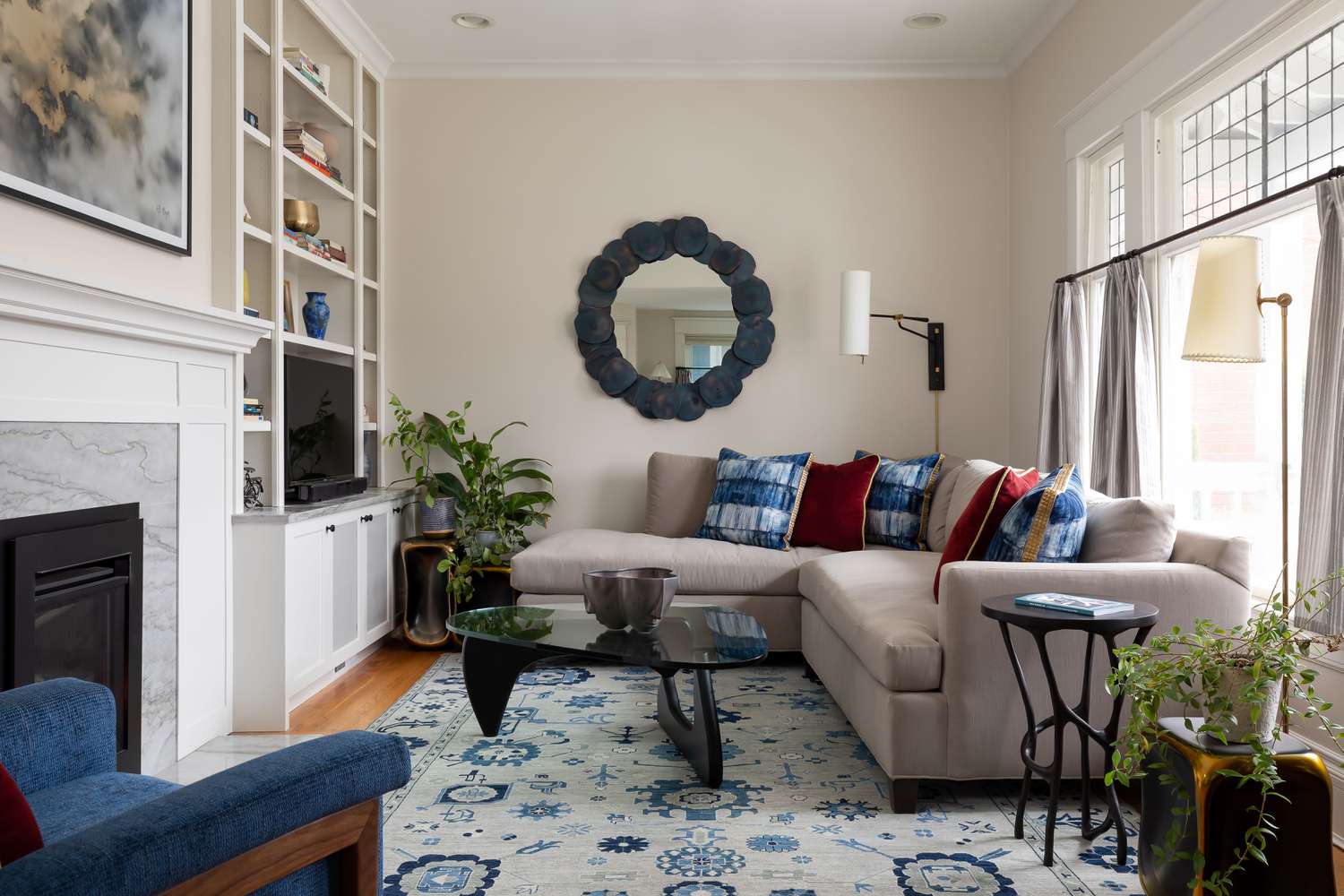
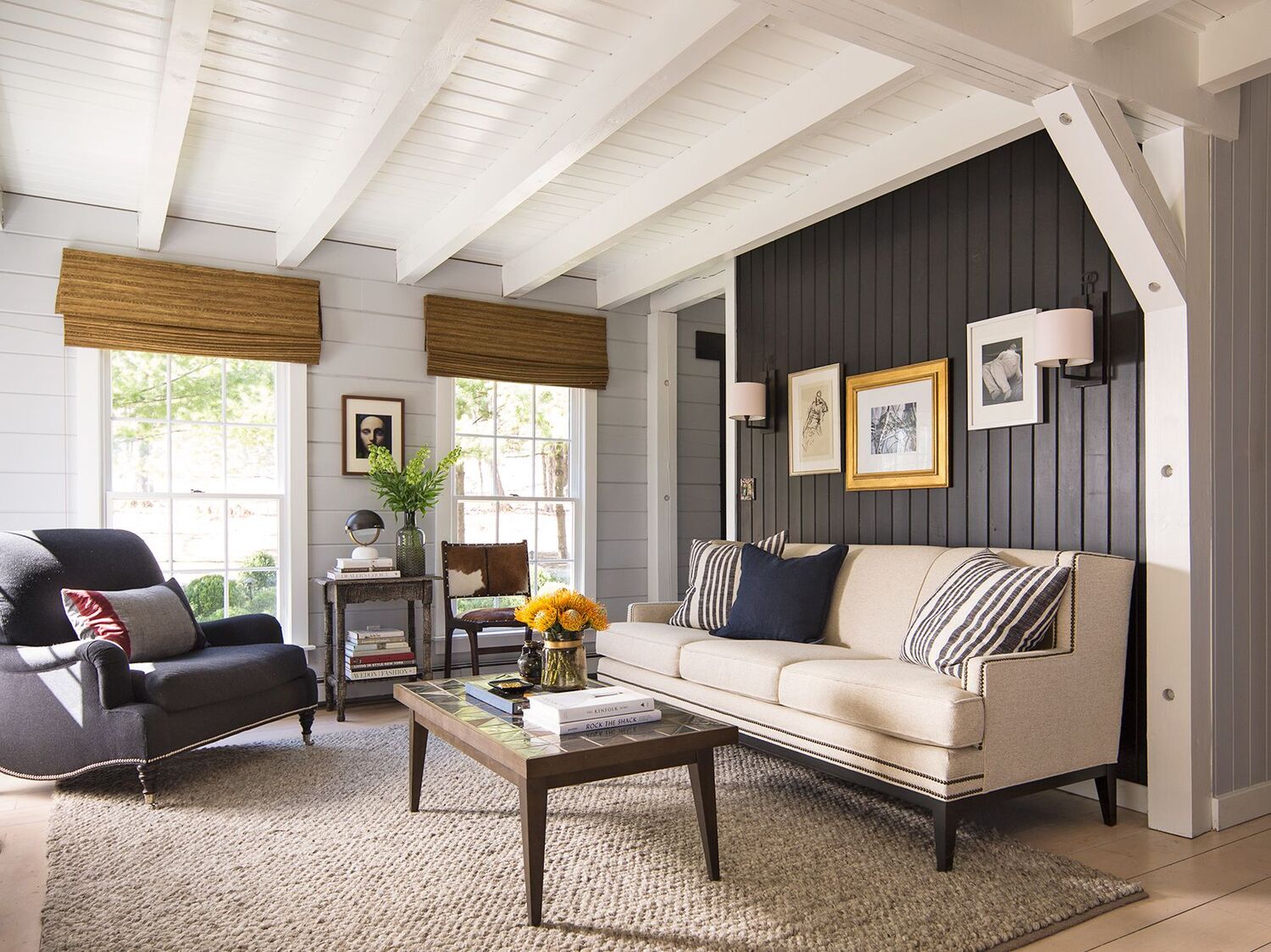
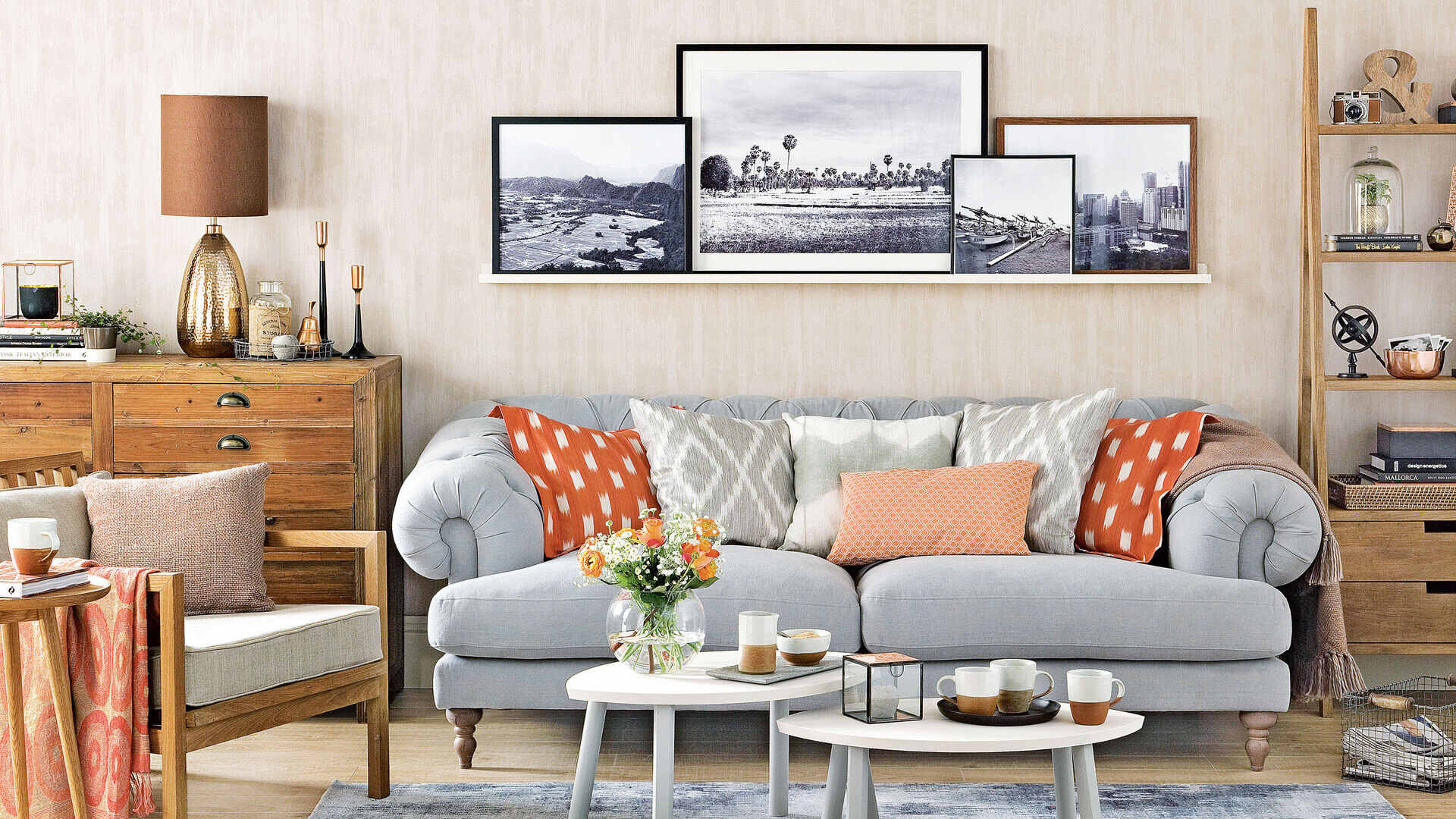
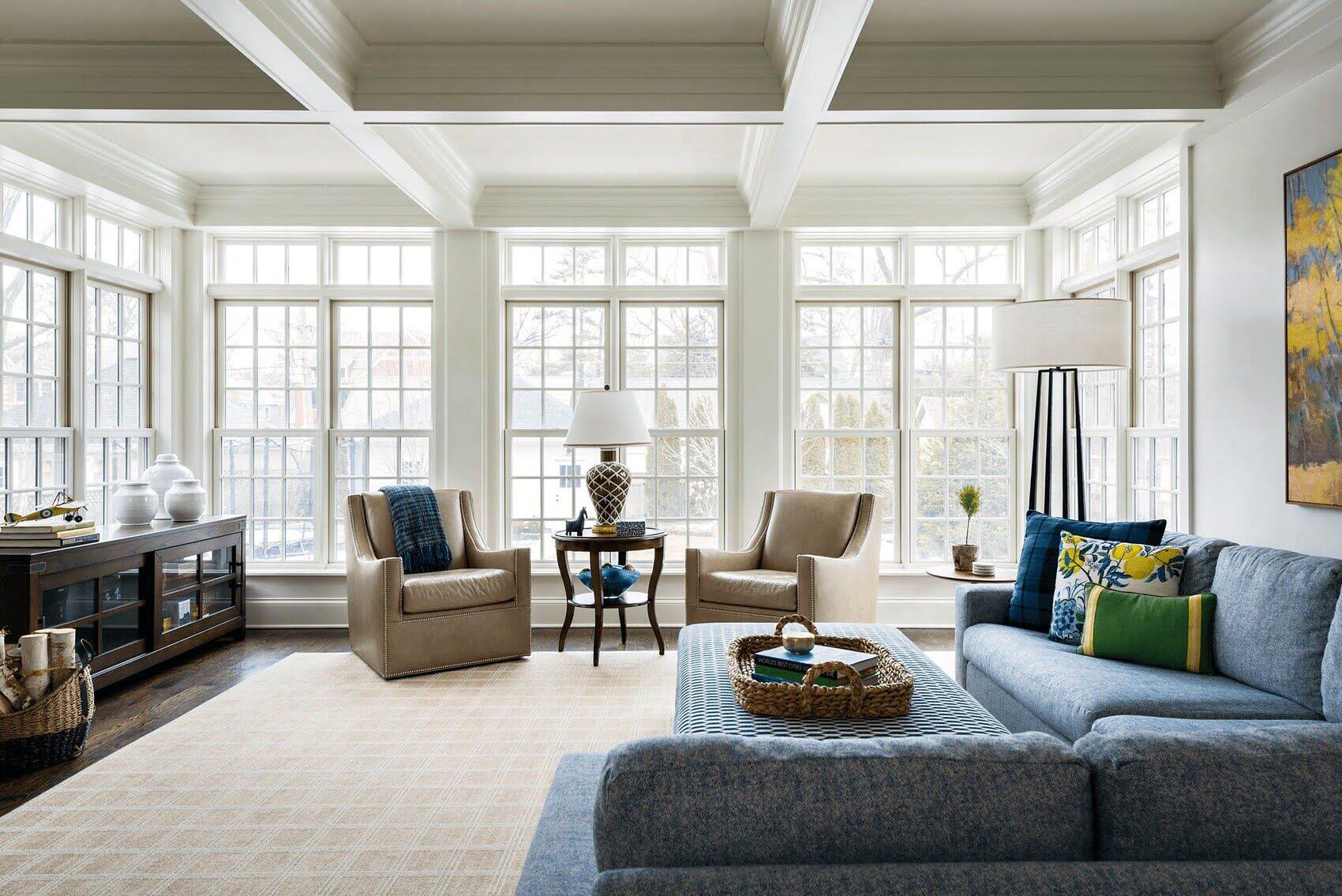
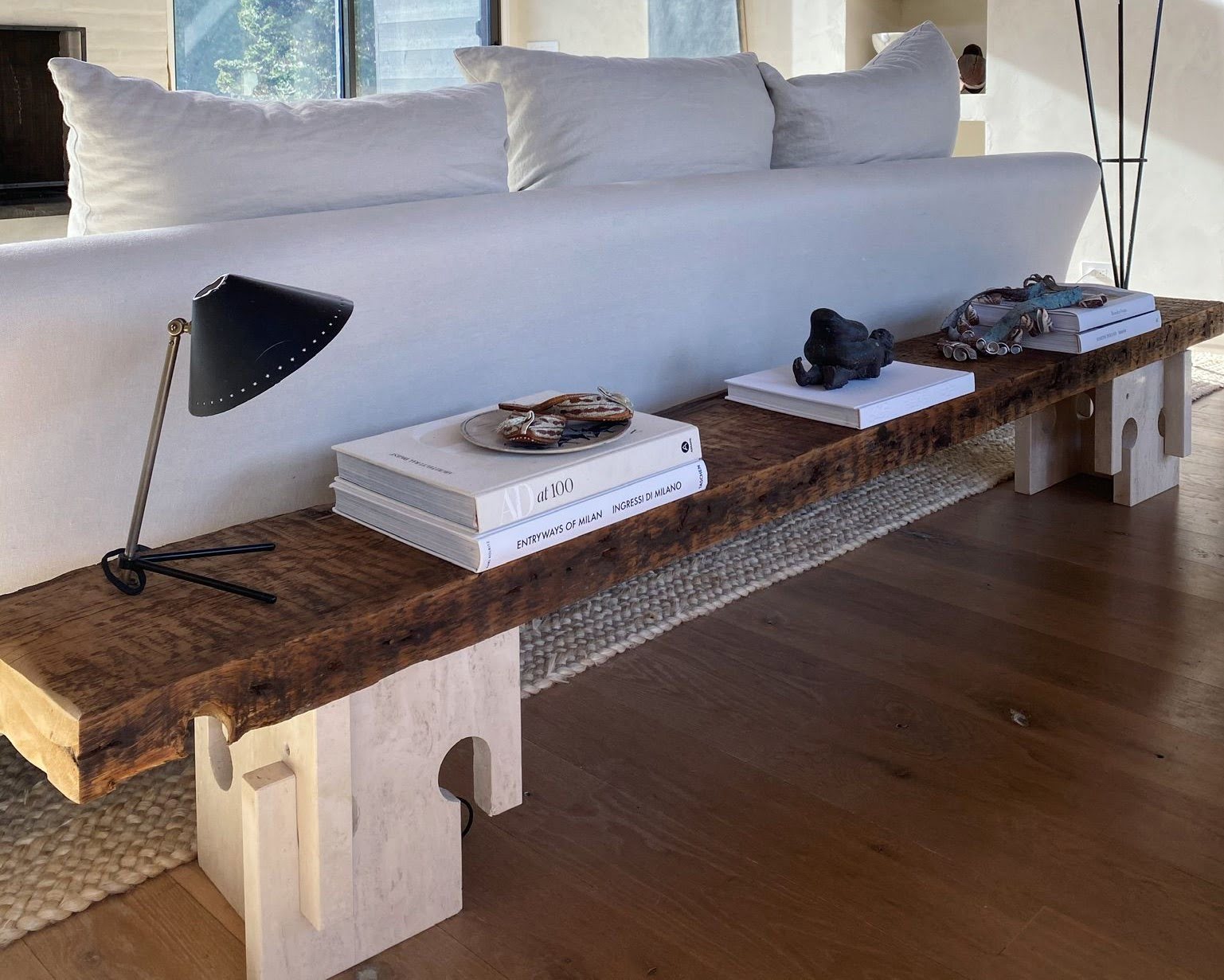
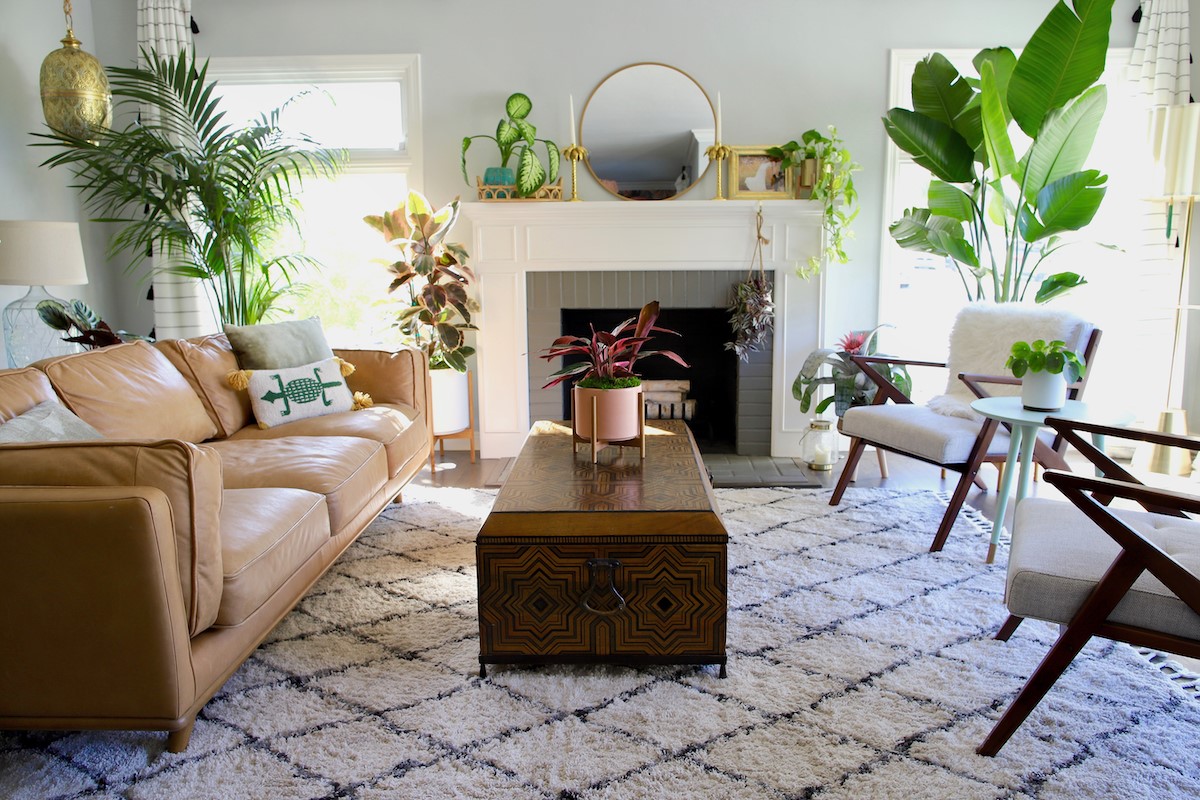
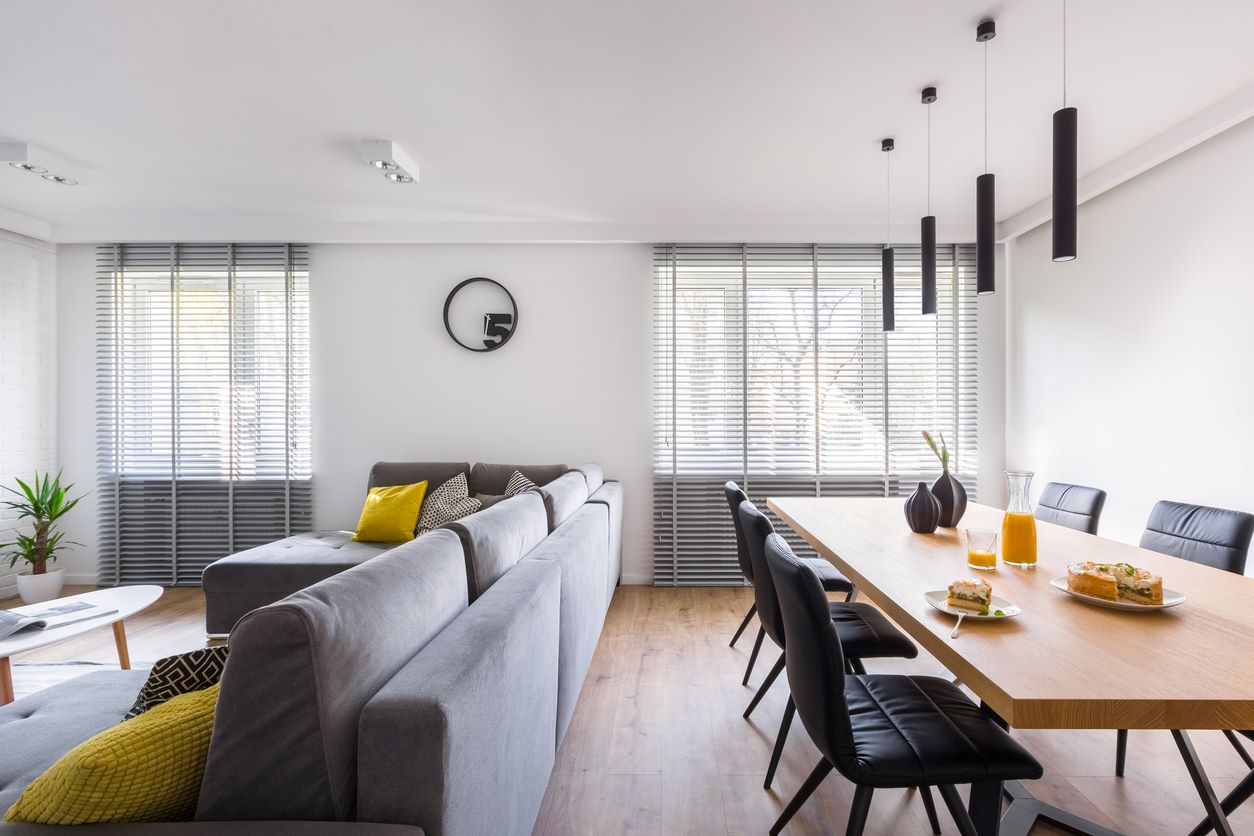
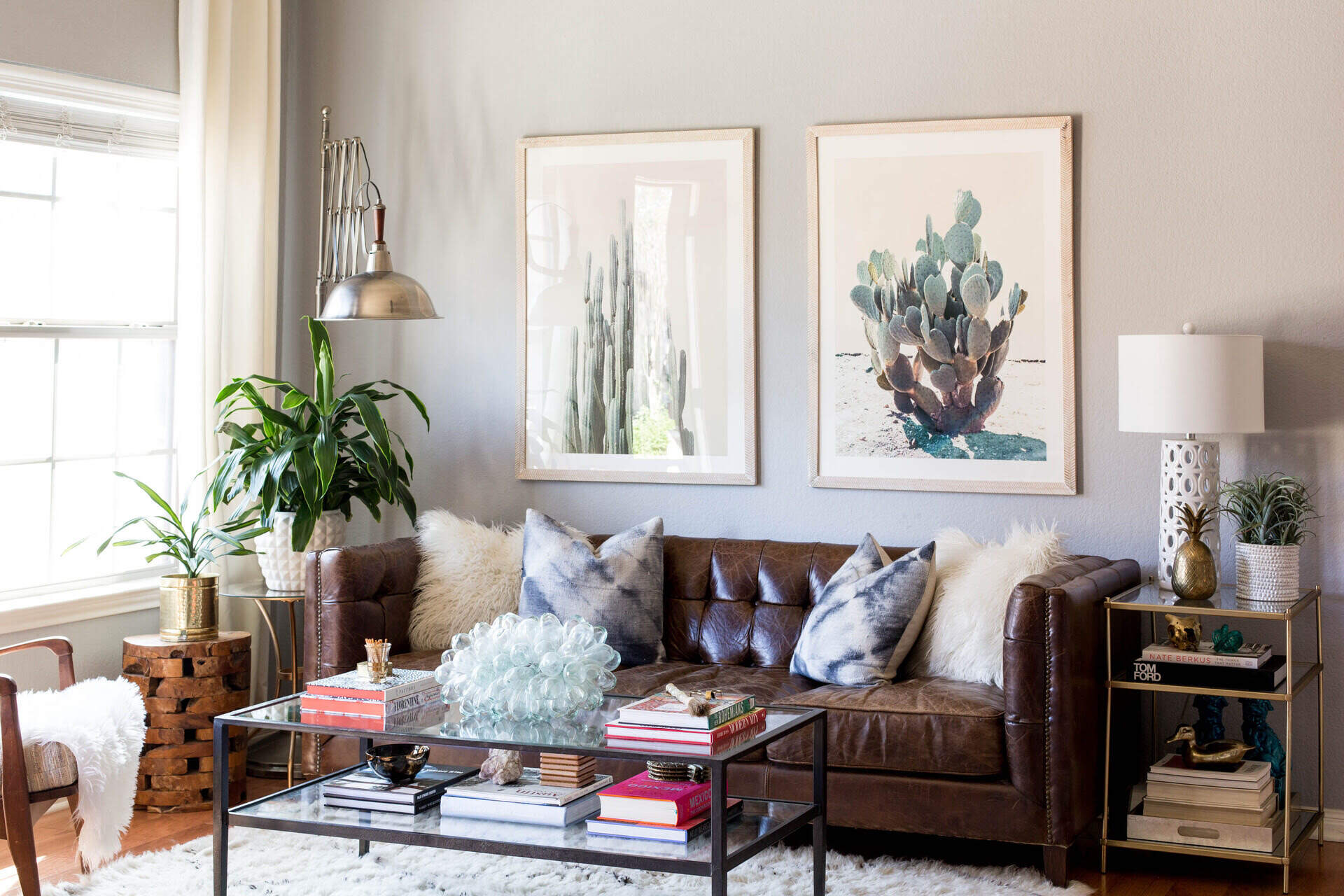
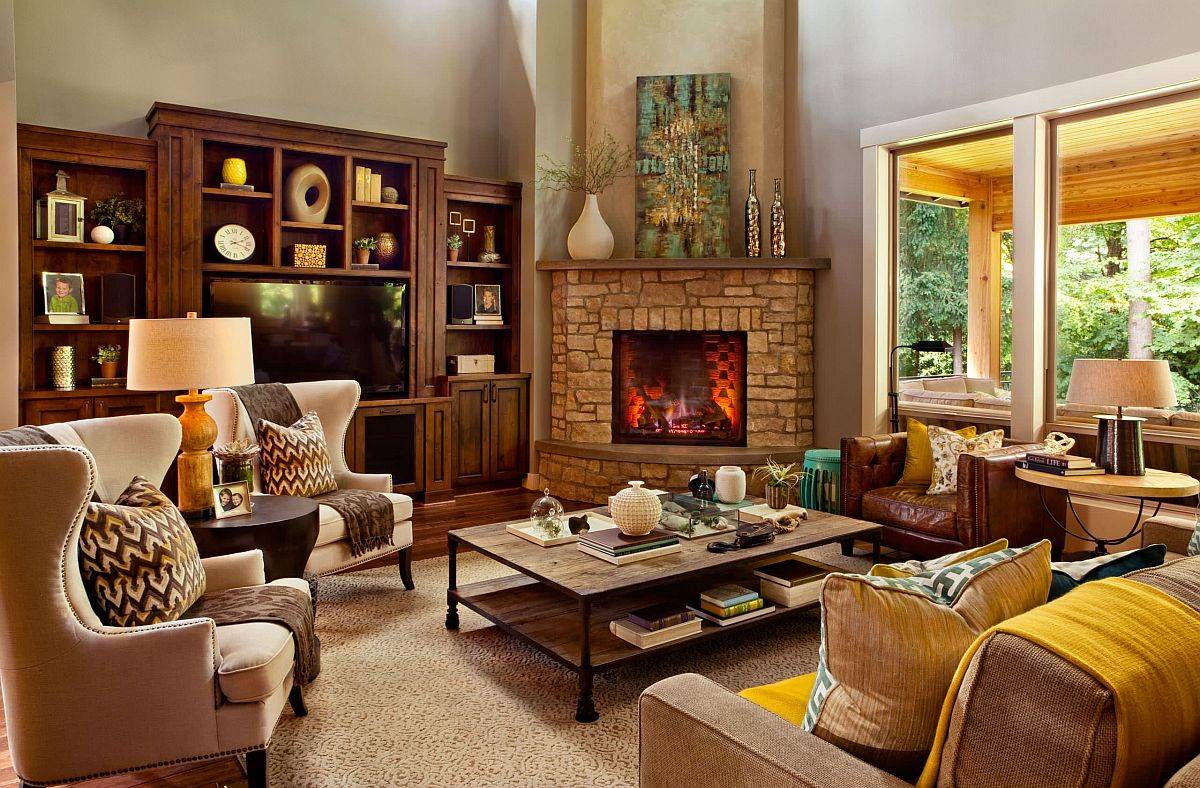
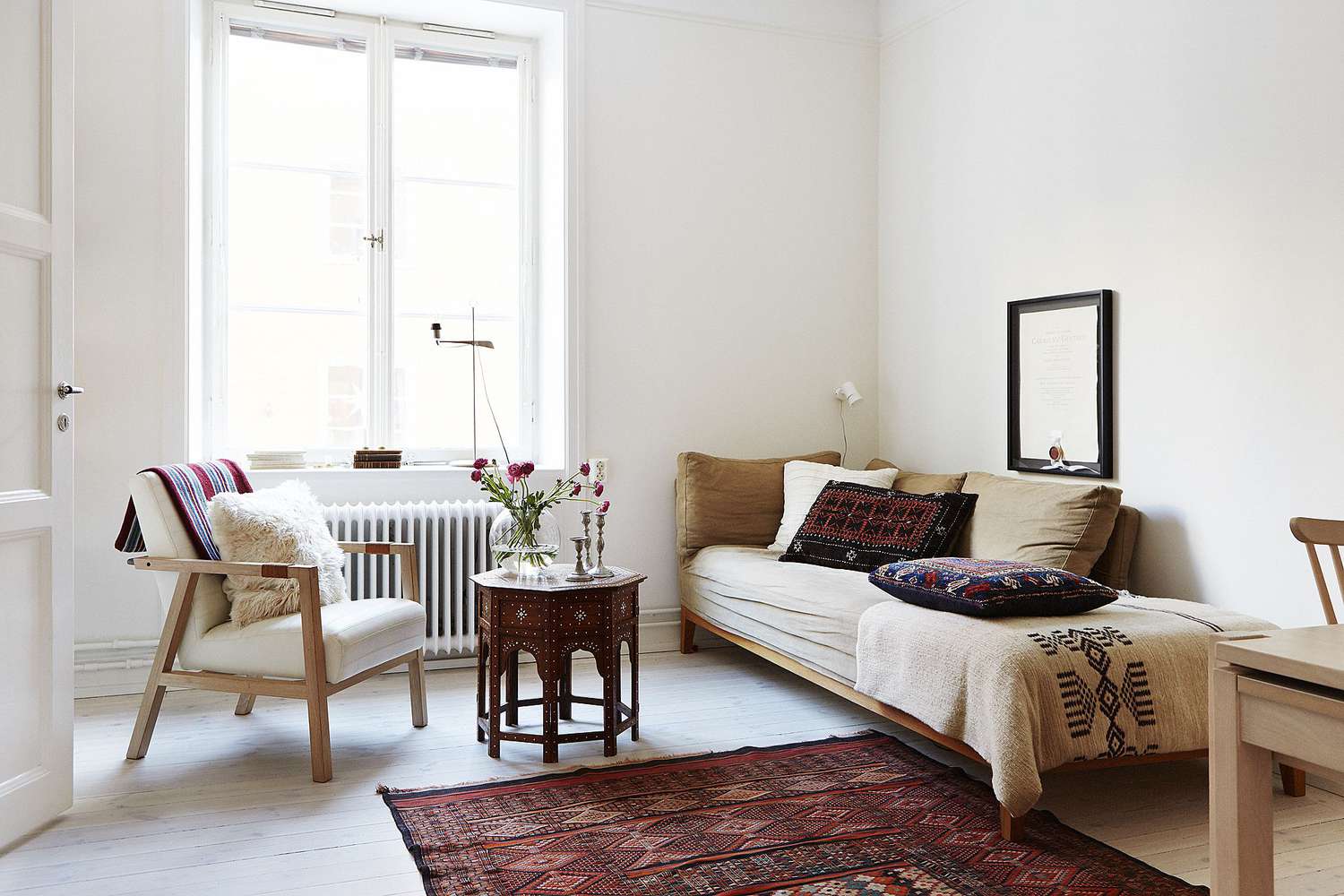

0 thoughts on “How To Decorate The Living Room With Plants”